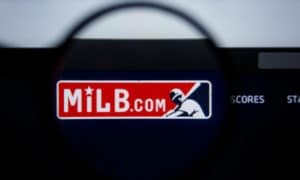
No amount of experience can withstand hit line drives. Defenders are always left awestruck when faced with sheer power of such hits. But achieving these feats is never easy; it requires superior bat control, superb timing, and a deep understanding of swing mechanics.
So, what is a line drive in baseball? It refers to a batted ball that is struck sharply and directly, traveling parallel to the ground with minimal elevation. Being able to strike a line drive is a skill that can dominate the game.
Let’s learn more about the subject!
Contents
All About Line Drive
Defining a Line Drive in Baseball
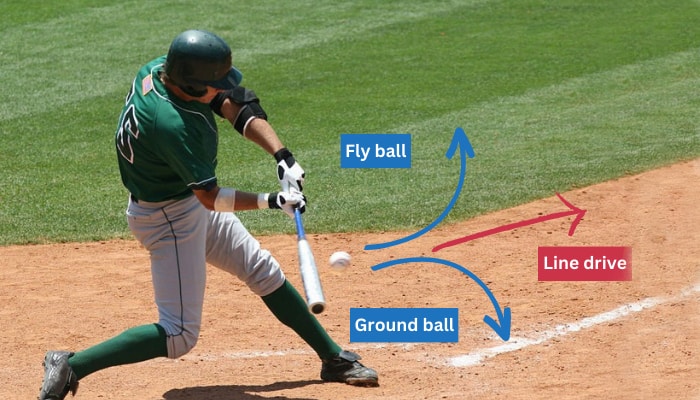
As per the line drive baseball meaning, line drives are baseballs that move almost in a straight line after being hit, parallel to the ground, with a maintained high speed.
This makes it a sought-after batted ball to the offense team, posing a formidable challenge for fielders.
Line drives are intimidating for fielders due to their ability to maintain high speed even after making contact with the ground. This leaves fielders with little time to react and position for the catch.
Pitchers dread missing line drives as they often lead to unfavorable outcomes, making it crucial for them to master the technique. More often than not, line drives can actually cause accidents, injuring players and sometimes can cause death.
In baseball, the line drive definition embodies the perfect blend of risk and reward, creating moments of brilliance or disaster on the diamond.
Types of Line Drive

There are two types of line drive:
1. Screaming/Scorching Line Drive
Screaming/Scorching Line Drives are hit with tremendous force and velocity. While these strong line drives might be thrilling for the hitter, they can be quite difficult for the opposing team.
It requires exceptional reflexes from the third baseman and pitcher to be successful.
2. Soft Line Drive
A Soft Line Drive occurs when the ball gently hits the bat and travels into the opposing field. It is directed at third base for left-handed batters and first base for right-handed batters.
Frequently, this kind of hit has a high trajectory and lands just behind the infield, giving rise to a base hit.
How Are Line Drives Hit?
There are certain elements for hitting line drives:
1. Centering the Bat on the Baseball
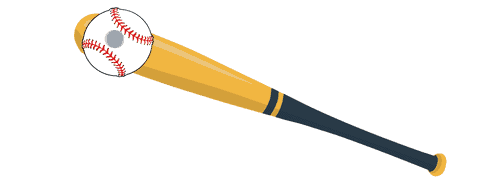
Ensuring that the bat makes solid contact with the center of the baseball allows for a more direct and powerful transfer of energy, leading to increased exit velocity.
2. Horizontal Speed Over Distance
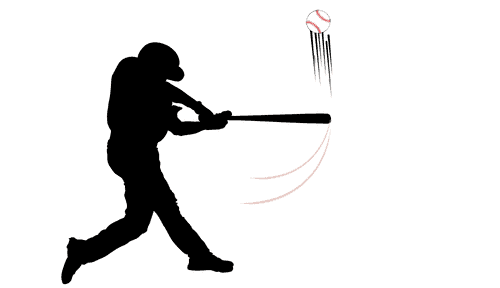
Instead of trying to hit the ball as far as possible, focus on generating horizontal speed. Line drives hit with speed parallel to the ground are more challenging for fielders to track and react to, increasing the chances of getting a score.
3. Avoid Hitting the Ball Underneath Its Equator
Hitting the ball too low on the bat can lead to pop-ups or ground balls, which are not ideal for line drives. Aim to make contact slightly above the ball’s center to achieve a line drive trajectory.
4. Mastering the Batter’s Swing
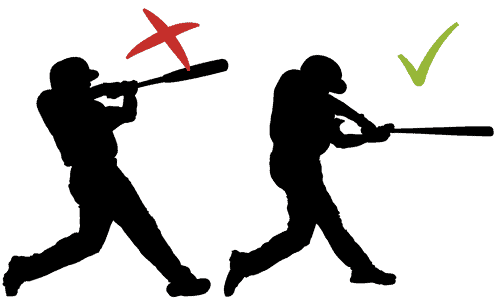
Developing consistent and efficient swing mechanics is crucial for hitting line drives consistently. This involves proper weight transfer, bat path, timing, and overall good performance.
5. Making Powerful Contact
Driving the ball with authority and maximizing bat speed will result in harder-hit line drives that are more difficult for defenders to handle.
6. Aim for a Seamless Drive Home
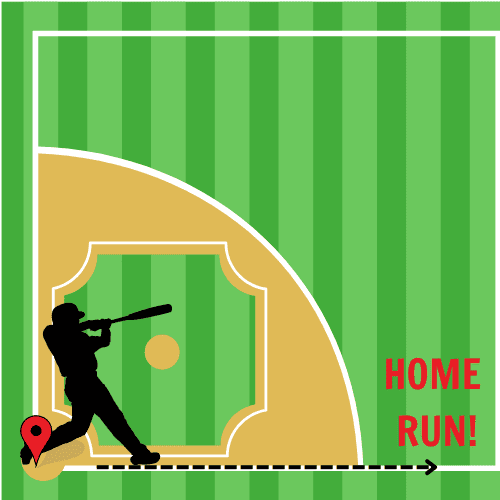
The objective of hitting a line drive is to reach base safely or advance other runners with minimal defensive interference. A well-executed line drive gives the best chance for a successful outcome on the basepaths.
Notable Line Drivers in MLB
1. Albert Pujols

A true powerhouse at the plate, Albert Pujols is known for his ability to hit powerful line drives. Throughout his illustrious career, he showcased remarkable bat control and consistently drove the ball with authority, contributing to numerous extra-base hits and home runs.
2. Derek Jeter
The iconic New York Yankees captain, Derek Jeter, was renowned for his skillful line drive hits. With a smooth swing and keen eye for the ball, he consistently found gaps in the defense, recording over 3,400 career hits.
3. Ichiro Suzuki

A maestro pitcher from Japan, Ichiro Suzuki was a line drive specialist. With lightning-fast speed and impeccable bat-to-ball skills, he amassed over 3,000 hits in his MLB career, many of which were textbook line drives.
4. Tony Gwynn
One of the greatest pure hitters in baseball history, Tony Gwynn’s line drives were a thing of beauty. He possessed outstanding hand-eye coordination and an exceptional ability to find the “sweet spot” on the bat, consistently lacing the ball for base hits.
5. Willie Mays
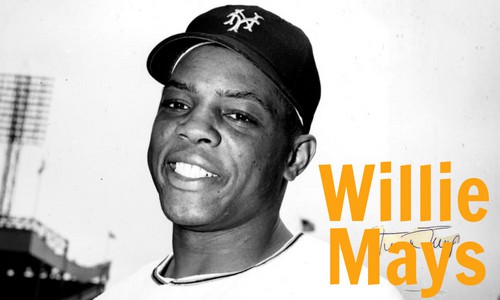
A legendary five-tool player, Willie Mays was not only a defensive wizard but also a skilled line drive hitter. His explosive swing and extraordinary hand-eye coordination allowed him to excel at the plate, amassing over 3,200 hits in his career.
Line Drive vs. Other Types of Hits
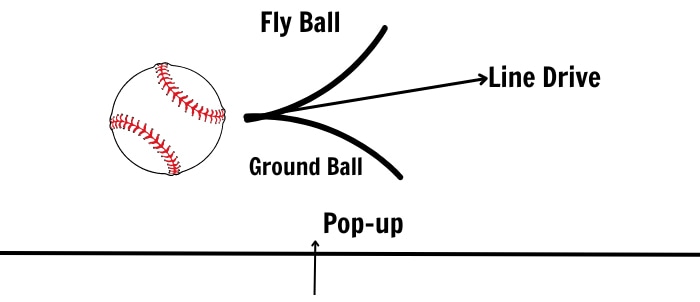
1. Line Drive vs Fly Ball:
- Line drives move closer to the ground while fly balls remain in the air for a longer period of time.
- Line drives travel at a higher speed while fly balls travel at a slow pace.
- Line drives have a higher chance of success than fly balls.
2. Line Drive vs Ground Ball:
- Ground balls roll along the ground, whereas a line drives travel parallel to the ground with a minor arc.
- Line drives are faster and harder to catch than ground balls.
- In contrast to line drives, ground balls are easy for fielders to deal with.
3. Line Drive vs Pop-up:
- Line drives have less trajectory, whereas pop-ups have a high trajectory.
- Pop-ups are easy for fielders to catch, whereas line drives are challenging.
- Pop-ups are regarded as easy outs, while line drives frequently lead to offensive success.
Conclusion
Now that you have an understanding of the question, “What is a line drive in baseball?”, you can impress your friends and family at the next social gathering. Or even better, master it yourself.
Line drives are definitely hard to master, but that does not mean that you cannot do it. With the right amount of practice on bat control, timing, and a deep understanding of swing mechanics, you can definitely leave your opponents in awe!

A powerful swing and the ball is flying across the field, just one hit, and we might never forget the thrill it brings. I do not know about you, but I never do. Every baseball game is the chance to compete with others and cooperate with your teammate. It is among my biggest passions.




